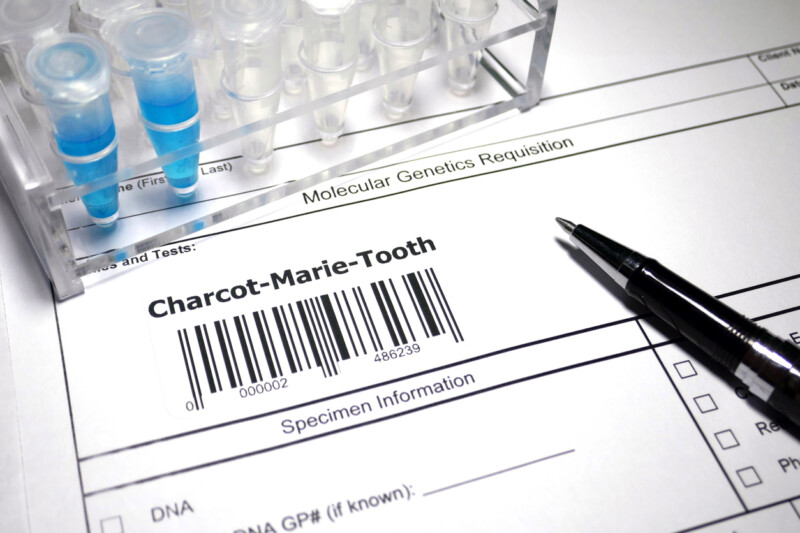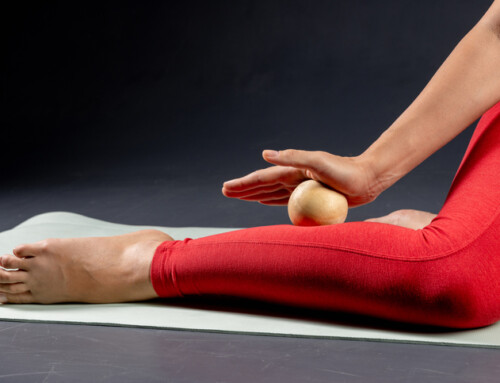By Lindsey Decker, SPT
What is Charcot Marie Tooth?
● Charcot Marie Tooth, commonly known as CMT, was originally described by Jean Martin Charcot, Pierre Marie, and Henry Howard Tooth in the 1880s. CMT is one of the most common hereditary diseases affecting sensory and motor neuropathy. CMT causes progressive atrophy of the peroneal musculature. It is characterized by distal limb muscle wasting and weakness usually associated with skeletal deformities, distal sensory loss, and abnormalities of deep tendon reflexes. The disease initially affects the muscles of the lower extremity and the foot and later affects the forearms and hands as the disease progresses.
Incidence of CMT
● Of neuropathy disorders, CMT is relatively common. It is estimated that it affects 1 out of 2,500 individuals in the US. The onset of CMT generally occurs during childhood but may also occur during adulthood. Children of the affected parent will have a 50 percent chance of inheriting the CMT gene due to its heterogeneous neuropathy. It may also present as a first-time occurrence in a family as a result of a spontaneous mutation.
Signs and Symptoms of Charcot Marie Tooth
● The presence of symptoms are graded, meaning they do not all present at the same time. There are also differing degrees of signs and symptoms among family members who have inherited the affected gene. CMT is a slow progressive disorder, although it begins during childhood, the actual onset may be difficult to determine. Individuals affected by CMT will present with distally symmetric muscle weakness and atrophy of the feet and lower portion of the legs. Sensory loss is described as tingling or burning sensation in the feet and legs and decreased proprioception, meaning the individual is unaware of where their legs or feet are in space. This could also lead to an increase of falls or a decrease in balance. Individuals with CMT may also present with hammer toes and/or high arches. CMT does not affect an individual’s intelligence, memory, or lifespan
How Can Physical Therapy Help?
● Although there is no specific treatment to alter the course of the disease, treatment is symptomatic based to ensure that function is maintained in a safe manner. Physical therapy may also help with
○ Gait training: work on the way individuals walk in a safe manner
○ Balance: working on balance can help decrease the chance of falling and move in a safe manner
○ Stretching: to help maintain range of motion and prevent contractures
○ Strengthening exercises: to help maintain the strength the individual has
● Orthotics may also help with foot and hand deformities
Charcot Marie Tooth responds well to Physical Therapy and is a condition that Capital Area PT therapists can provide assessment and treatment for. For additional information, contact our physical therapy clinics in Malta at 518-289-5242, Saratoga Springs at 518-289-5242 , or Queensbury – Glens Falls at 518-289-5242.






